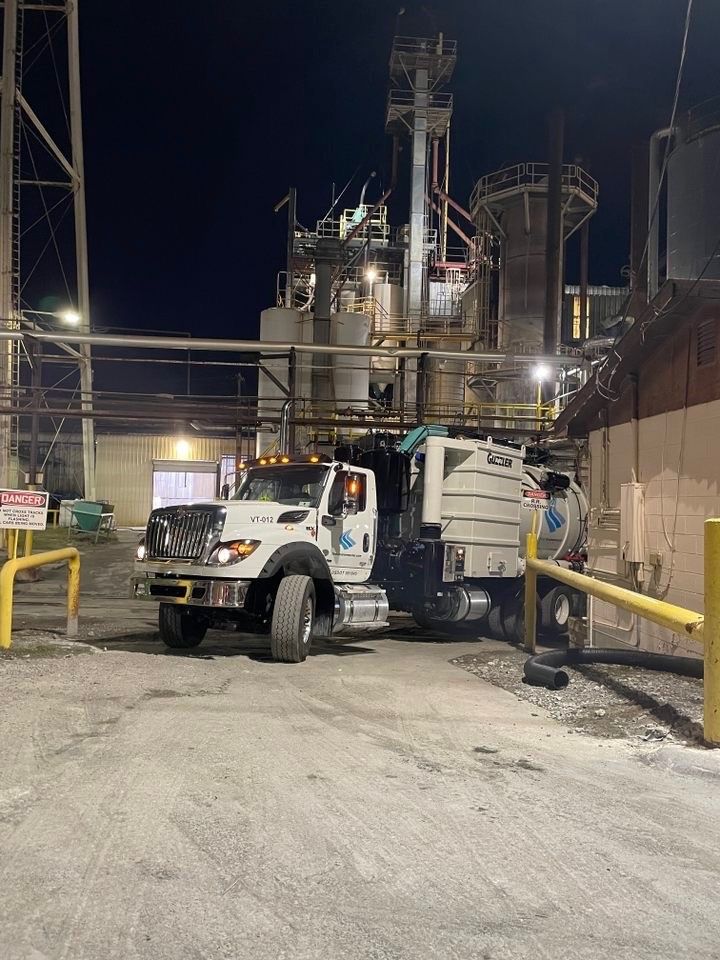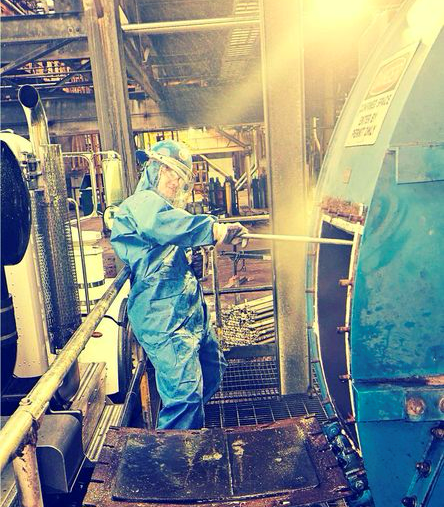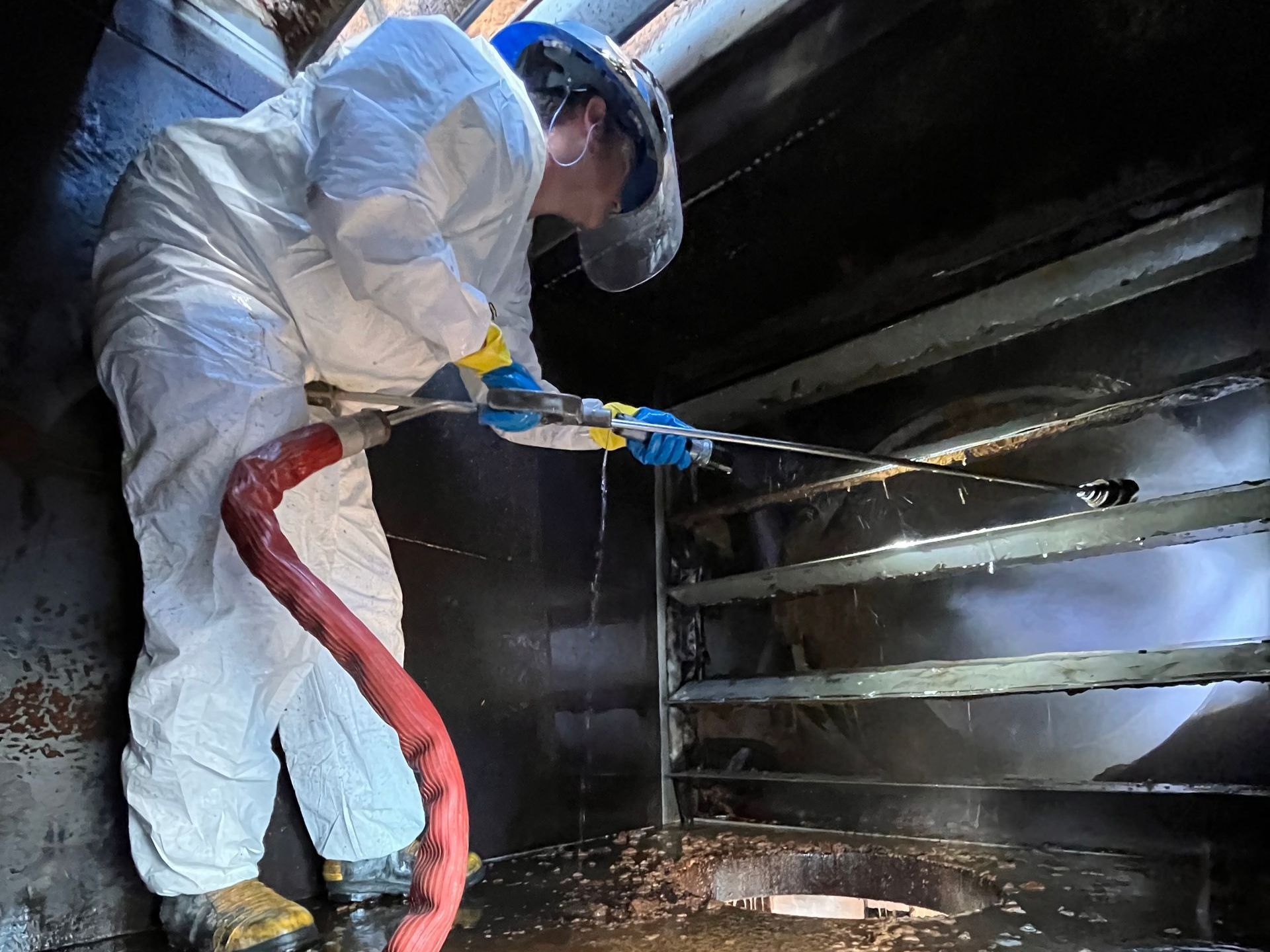Are You Prepared For Your Next Audit?
Do you have an upcoming audit of your facility? Are you looking for ways to help your location look better to meet compliance or appearance standards? First Environmental can help you.
We have been assisting clients with site audit preparations, including interior and exterior services. In a recent food safety audit prep request, the client was looking for overall clean-up inside and outside of their packaging operation to remove trash/debris, webs, peeling paint, wax build-up, and other generic services that would require an industrial vacuum and additional industrial cleaning. Working at heights and high traffic areas involves training and good execution to make it happen safely and meet the right expectations.
Preparing for environmental audits or addressing specific target areas such as stormwater discharge or spill clean-up brings chemical hazards into the equation. The need to choose the right equipment to provide an effective solution is critical. Vacuum trucks, mini excavators, pressure washers,/water-blasters all can be used to accomplish specific cleaning tasks.
Our team has expert operators that can accomplish the task in an effective, timely manner.






